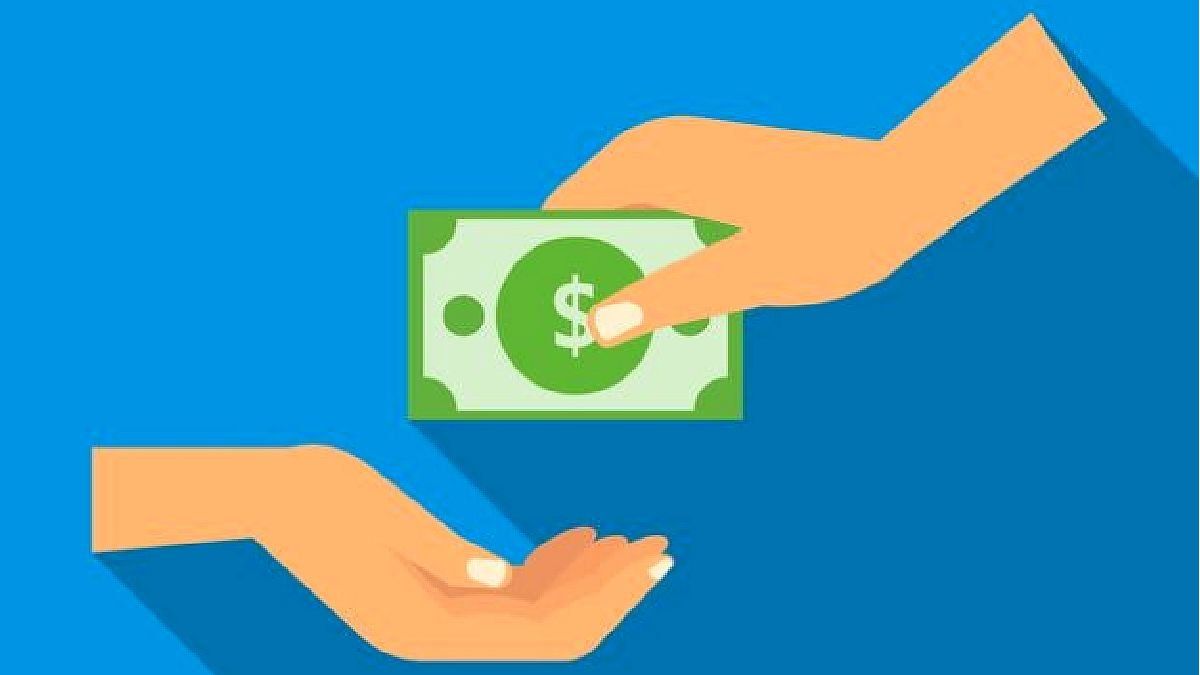An ECLAC report reveals the delicate situation that households are going through in Argentina through the analysis of how they get into debt and points out a strong presence of informal credit. Women, the most affected.
In Argentina, almost 60% of the families headed by women reported having resorted to financingin its different forms between October and November 2022, compared to 50% of those held by men and, on average, 64% of households used the financing obtained to purchase food and medicines. This is revealed by the First report on debt, gender and care in Argentina, carried out jointly by the work team of the Economic Commission for Latin America and the Caribbean (ECLAC) and the Ministry of Economy of our country.
The content you want to access is exclusive to subscribers.
They indicate that this gender disparity It is explained, to a large extent, by the high incidence of labor informality in households headed by women, among people who do not have a registered job. In fact, the 69.2% of informal workers requested some type of financing in the period of the survey, compared to 49.4% of their peers with formal labor insertions.


The female-headed families with children in charge face situations of high financial vulnerability: 72.6% allocate financing to the purchase of food and medicines (65.9% in the case of those headed by men), 7 out of 10 of these households have arrears in payments of debts or services, 4 out of 10 are in arrears in both and almost half allocate all their income to face their debts or maintain that their income is insufficient to face them (46.2% of households headed by by women compared to 38.3% of those headed by men).
Formal and informal sources of financing
They also point out that, according to data from the Central Bank of the Argentine Republic (BCRA), The aggregate indebtedness of Argentine households with the financial system is equivalent to 4% of GDP, a level that is relatively limited in a historical comparison –it reached almost 7% in 2018–, as well as in comparison with other emerging and developed countries. However, beyond the debts in the formal sector, households have access to various sources of financing, including those of an informal type.
However, the study explains that alternative sources to formal financing are not fully recorded in official statistics, so their dynamics and the role they play in sustaining household consumption are invisible. But, based on the results of the Survey on Financing and Use of Means of Payment (EFyMP), it can be deduced that 53.5% of households requested financing in the last month, either through loans from formal financial sector entities , through informal funding sources, or both.
From them, 30.8% state that they have contracted both types of financing, 14.1% only register financing of an informal nature and 8% only in formal institutions. The level of household income is directly related to their financing needs.
When analyzing the sources they resort to according to income, this relationship is observed:
- Low-income households are those with the greatest financing needs, particularly those in which the main breadwinner is a woman.
- sl 70% of households in the lowest income category where the woman declares to be the main breadwinner reported having resorted to financing in the last month.
It happens that heDifficulty accessing formal financing generates, in many cases, the need to resort to various informal sources, which usually have a higher financial cost or result in inappropriate forms of personal dependence, which generate situations of high financial vulnerability. And the EFyMP shows that these situations are manifested, above all, in homes with greater demands for care under the exclusive responsibility of women.
Source: Ambito




